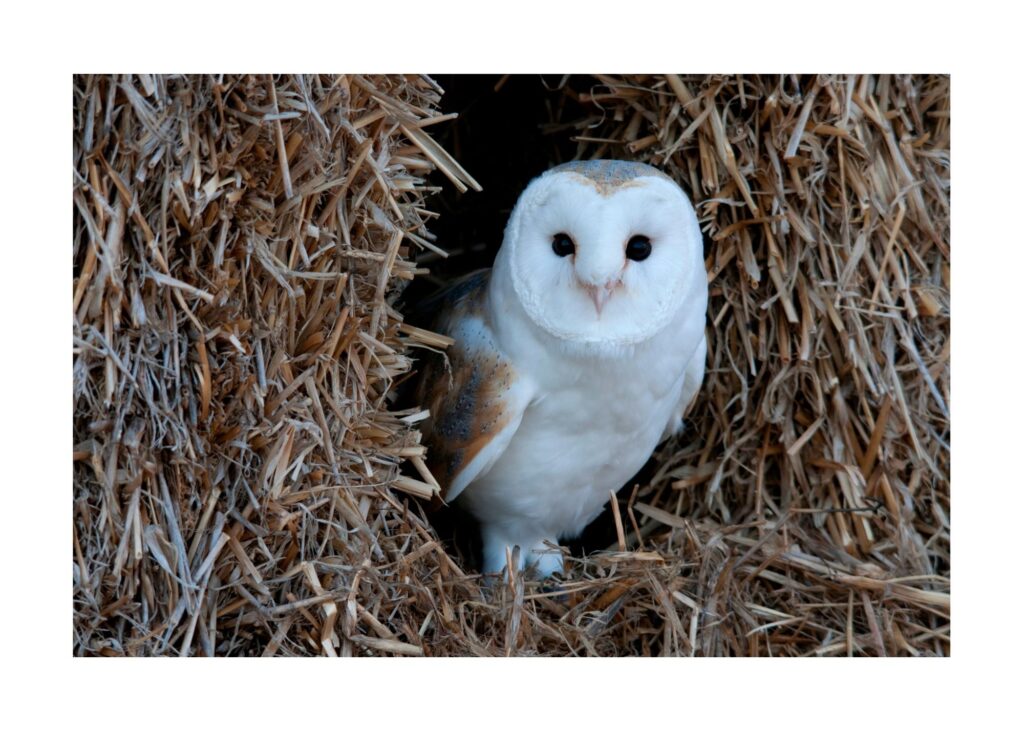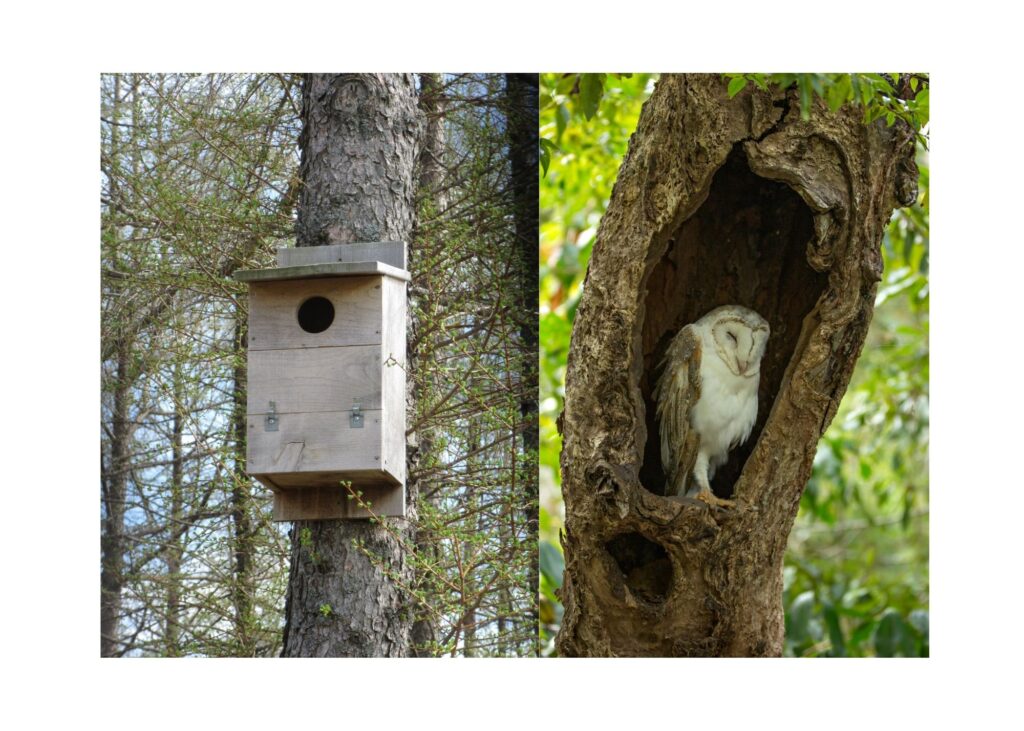
Is the mouse situation on your farm getting out of control? You know, mice can carry diseases, some serious to humans. According to the Centers for Disease Control and Prevention, mice and rats can directly or indirectly transmit 20 diseases worldwide.
Rodents are probably one of the toughest issues to deal with in livestock barns. They’re small, stealthy, and primarily active after dark when we can’t see them. So how do you reduce the populations of these persistent little things without lethal trapping or using chemicals that are deadly to other animals in the barn, including dogs and cats?
That’s where nature’s mousetrap, the barn owl can come to the rescue. They are perfectly suited for farm properties, as they hunt in open meadows and grasslands. These creatures of the night have excellent low-light vision, they fly silently, they have sharp beaks and powerful talons, and their hearing is extraordinary; all that makes them death on wings if you’re a field mouse. A barn owl family will consume nearly 2,000 mice or other rodents in just a couple of months. The good news for you is all it requires is the installation of a simple nest box – and the right habitat for their prey.
Barn owls need rough grassland because that’s where voles, shrews, field mice, and other small rodents live. An overgrazed pasture, lawn, or even monoculture cropland won’t provide the habitat rodents like. Rodents and, therefore, barn owls favor well-established tall grasslands, perhaps with brush piles or hedgerows nearby.
Barn owls are secondary cavity dwellers. That means they live in holes somebody else created, such as a hole in an old tree made by a woodpecker or the dark rafters inside a quiet barn. We can take advantage of this because it means barn owls adapt well to nest boxes, which you can buy or make.

Place a “barn owl” nest box in a quiet location, 10-20 feet high. Shade the opening from direct sun and prevailing wind. Nest boxes can be hung inside an unused barn, on the outside of farm buildings, or in a tree. If you mount the box on a pole, consider a baffle to prevent cats, raccoons, or other predators from reaching it. Many barn owls will reuse the same nest box year after year. It is best to hang them by January or February as barn owls begin nesting in late February (since it’s too late for this year, consider planning ahead for next year).
You’ll be hard-pressed to find an easier method of rodent control; once you install the barn owl box, nature does the rest. Plus, barn owls are not likely to be aggressive to people nor will they attack pets or livestock.
Barn owls are common on pretty much every continent in the world. So, no matter where you live, your property can benefit from having a barn owl working for you. Not only will it make a dent in your rodent population but their tawny colors are beautiful to see at dusk and their bone-chilling, screechy cry is thrilling to hear at night.